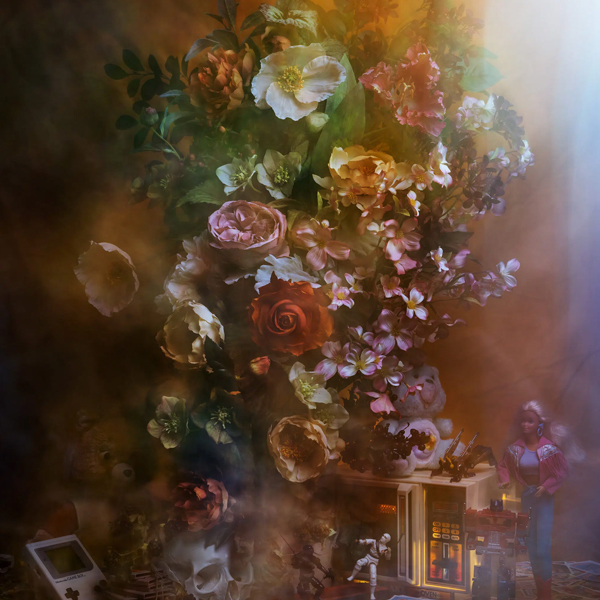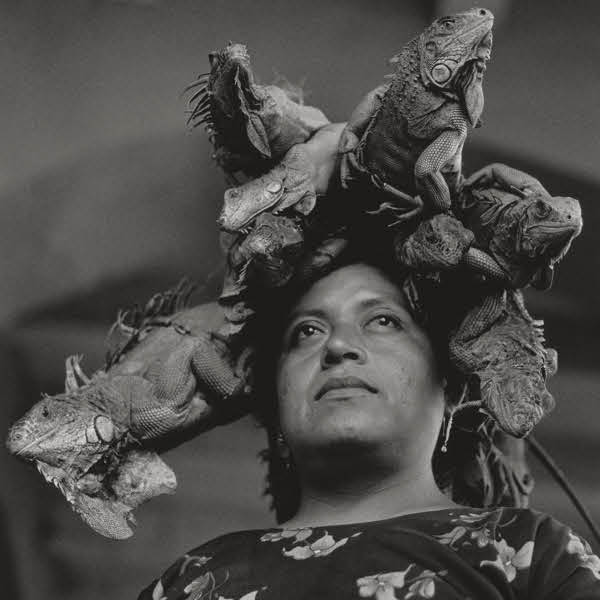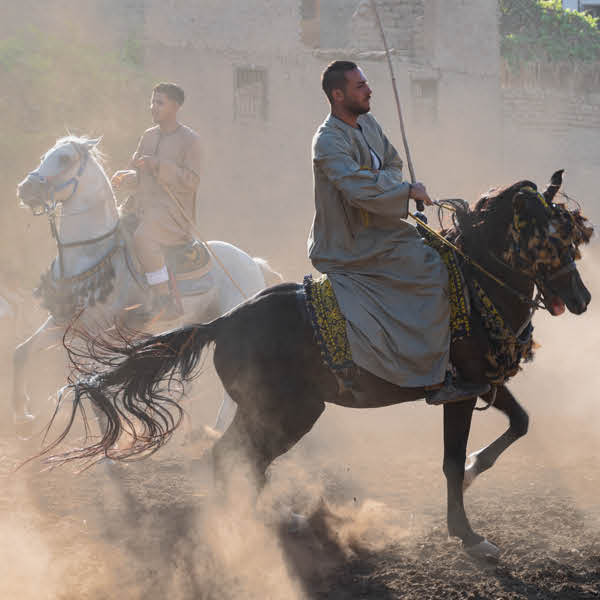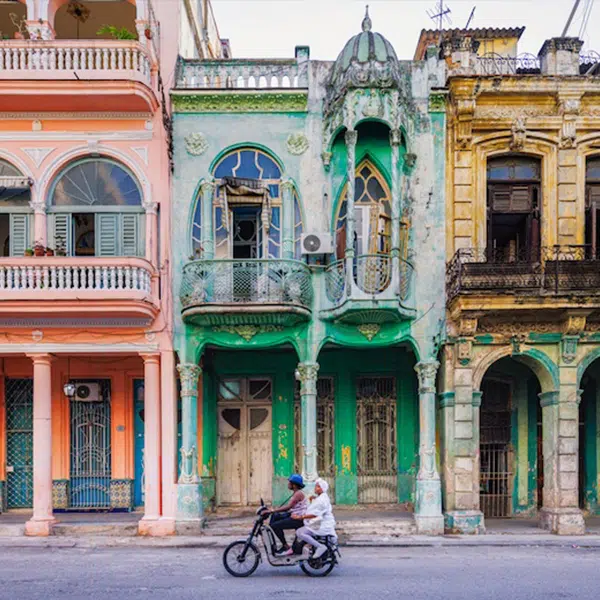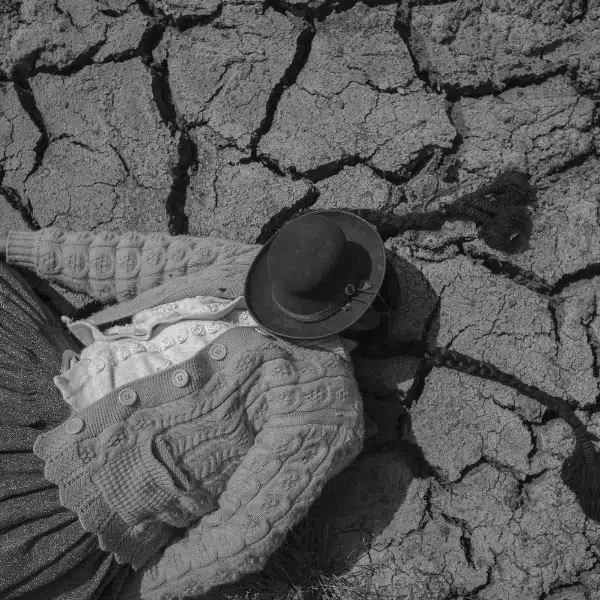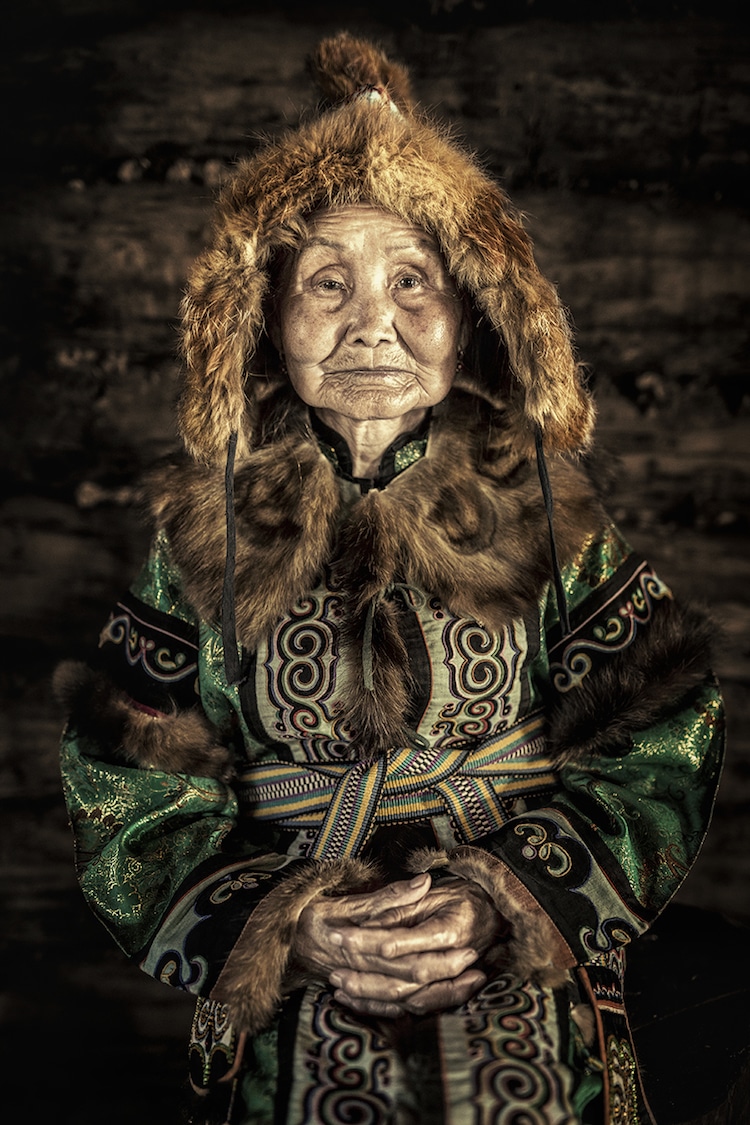
Ulchi Woman. Ulchsky District, Khabarovsk Krai, Far East, Siberia. © Alexander Khimushin / The World In Faces
For the past 9 years, photographer Alexander Khimushin has been traveling the world, visiting 84 different countries. Three years ago, inspired by the idea of documenting remote cultures that are slowly disappearing due to globalization, he began his The World in Faces project. Seeking out small, ethnic minority groups around the world, Khimushin shoots incredible portraits that both honor and immortalize their culture.
Over the past 6 months, Khimushin immersed himself in the Siberian landscape, traveling 15,000 miles alone behind the wheel of an SUV to track down, and photograph, the indigenous people of this frozen land. Moving from the shores of Lake Baikal to the coast of the Japan Sea, he visited a variety of ethnic minority tribes, many of whose population is down to several dozen people.
Russia recognizes 40 different indigenous peoples living in Siberia, which range from the Evenki, whose population is spread out in different locations thousands of miles apart, to the almost extinct Tazy, whom Khimushin believes to have photographed for the first time ever. Khimushin notes that most official population estimates are off, tending to skew higher than reality. Facing harsh temperatures and dwindling populations, the Australian photographer captures the pride these people take in their unique cultures.
The World in Faces, Siberia is a continuation of photographer Alexander Khimushin's mission to document remote cultures around the world.
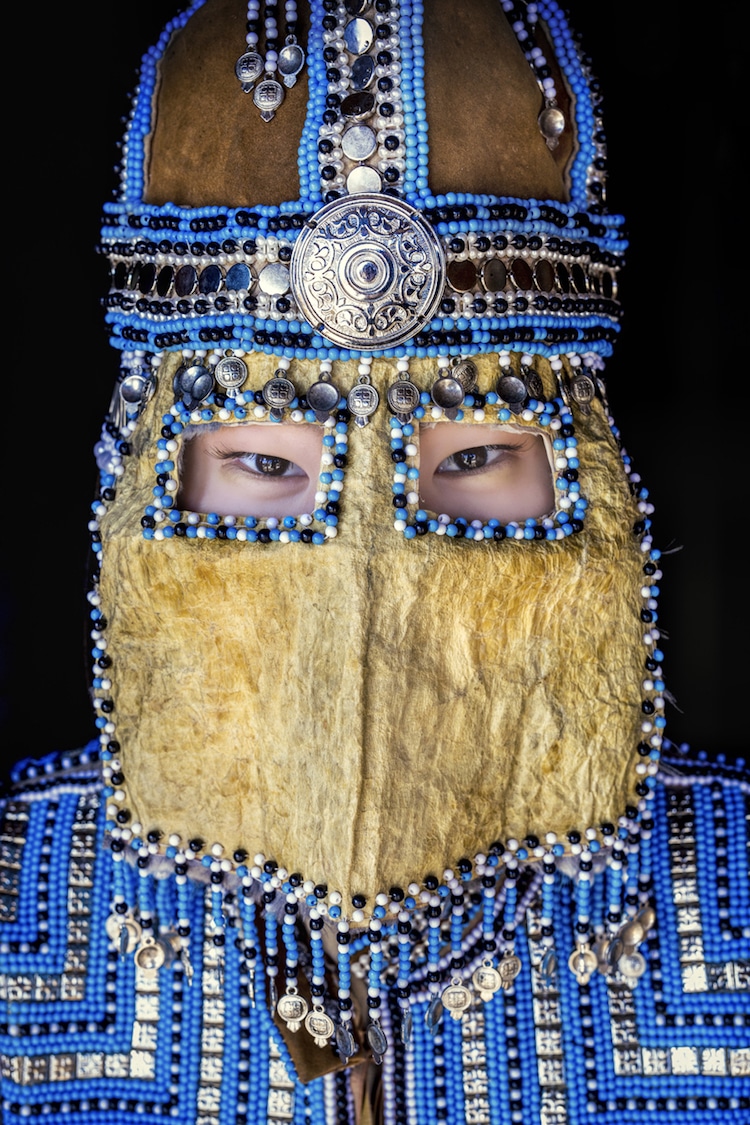
Sakha Girl. Sakha Republic, Siberia. Wearing traditional wedding mask. Sakha people are very proud of their unique culture. They live in the coldest area of the world. The absolute world record of -96 Fahrenheit was recorded in Oymyakon. Every winter, for at least 2 months the temperature is consistently below -40 Fahrenheit. The first snow comes in early October, while the last snowfall this year was in June. © Alexander Khimushin / The World In Faces
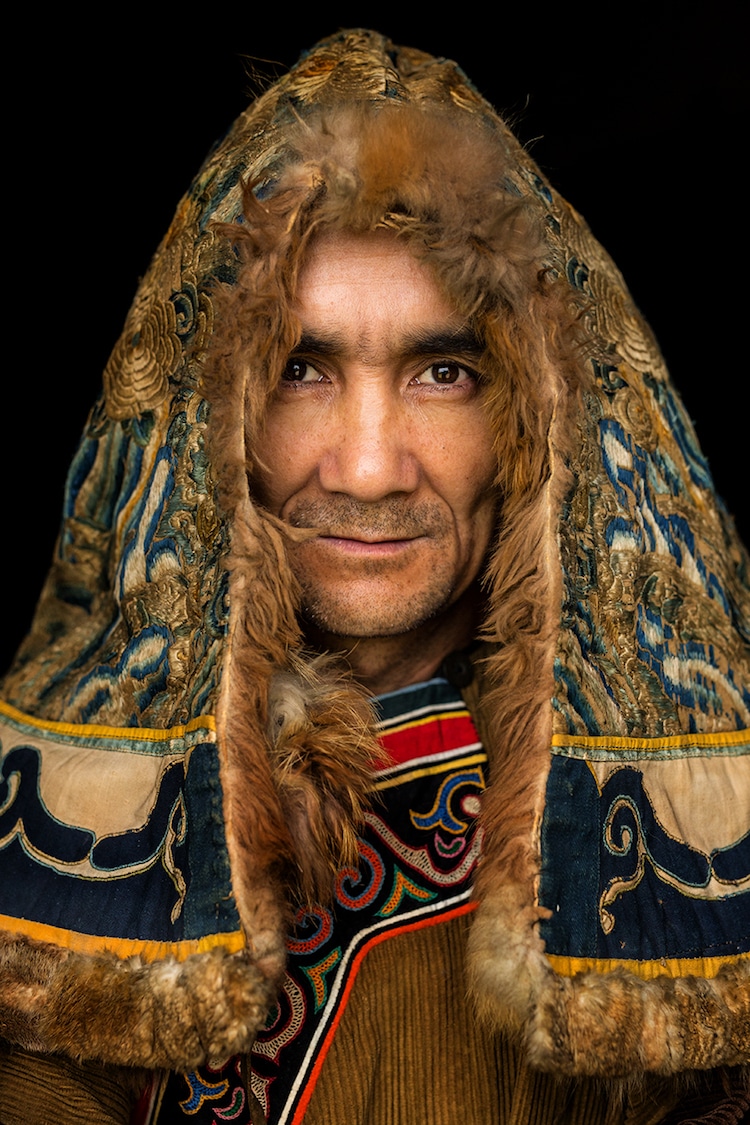
Nivkhi Man. Nilokaevsky District, Khabarovsk Krai, Okhotsk Sea shore, Siberia. The Nivkhi language is not related to any language in the world. It is still unknown how Nivkhi people arrived in the Far East, as linguistically they are not related to any other Tungus-Manchurian people inhabiting Siberia along the Amur River. Part of the Nivkhi live in Sakhalin, others where Amur enters the Okhotsk Sea. There are a small amount of Nivkhi people left. Official statistics do not reflect the real situation. Many ‘official' indigenous people have just some ancestry, sometimes quite remote, from the first nation people, it is just better for them to register as a minority, because of Government support benefits. © Alexander Khimushin / The World In Faces
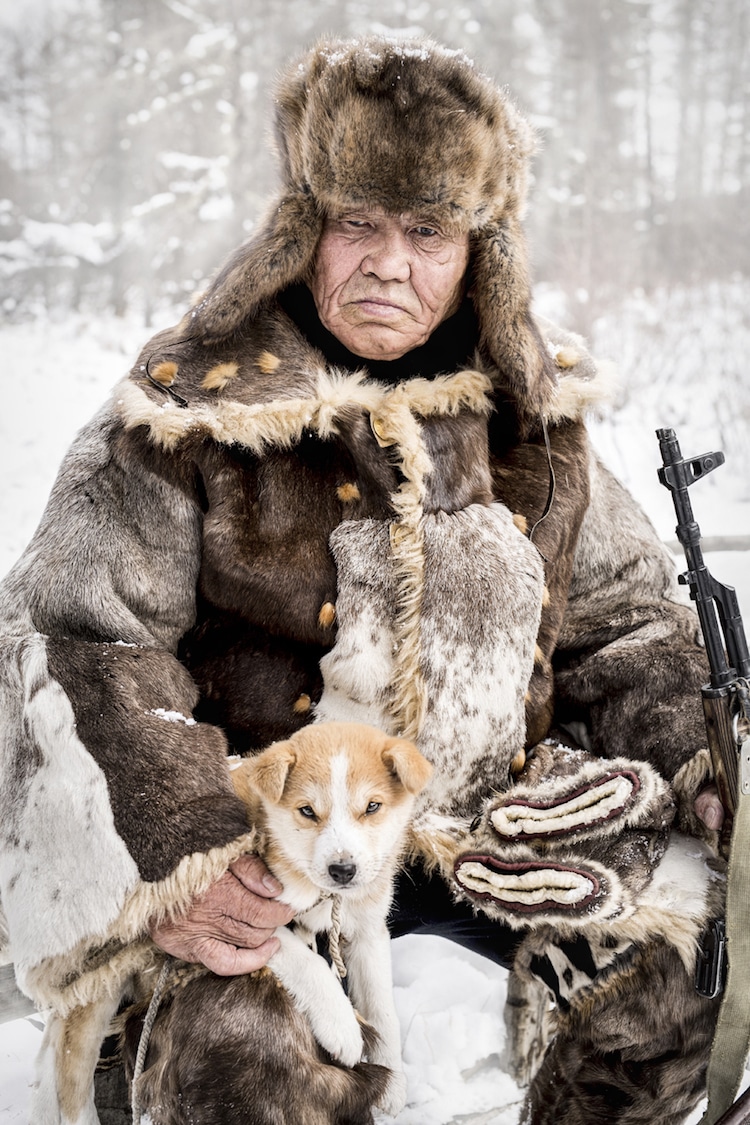
Evenki Elder. South Yakutia/Amur Oblast border, Siberia. Hunter, local elder, ex-reindeer herder, retired 2 years ago, all his life spent as a nomad living in a tent looking after his numerous reindeer. He says it is very hard to settle and live in the house in the village, because it is too hectic a life and there is ‘pollution' in the village. © Alexander Khimushin / The World In Faces
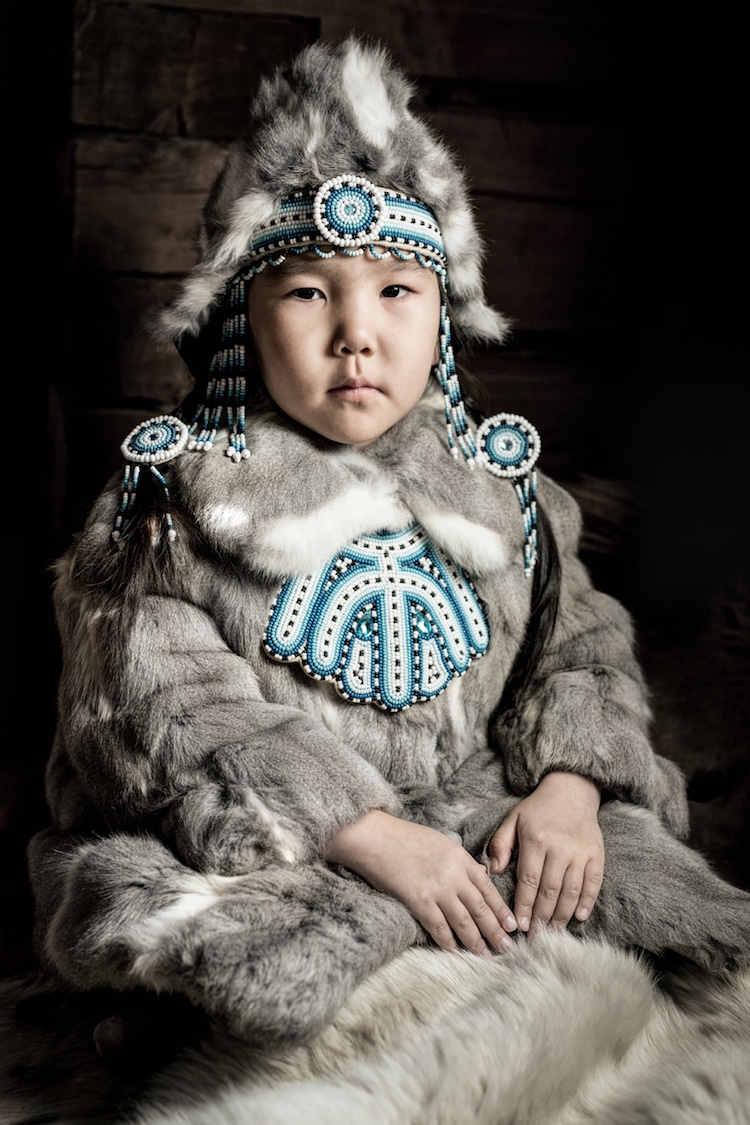
Evenki Little Girl. Sakha Republic. Siberia. This is a Yakutian Evenki little girl from Olenek region—one of the coldest and most remote areas of Yakutia. Evenki people living there among Sakha people, some speak only basic Russian. © Alexander Khimushin / The World In Faces
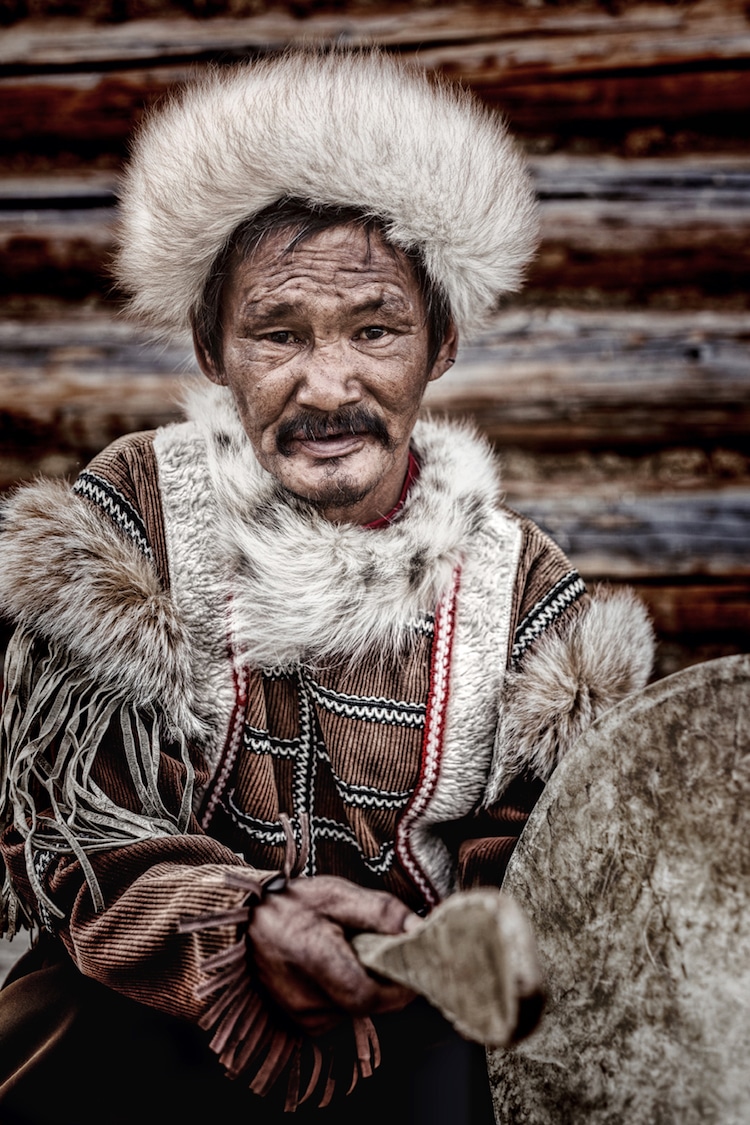
Tofalar Man. Sayan Mountains, Irkutsk Oblast. Siberia. Very rare people, living isolated in the Syan Mountains. One can only get to them by helicopter, there is no road, only wintertime. They live in 3 villages with no road connecting them. © Alexander Khimushin / The World In Faces

Even Young Man. Eveno-Bytantaysky District, Yakutia. Siberia. Even is not the same as Evenki! They live in one of the most remote and cold regions of Yakutia. © Alexander Khimushin / The World In Faces

Oroqen Man. Èlúnchūn Zìzhìqí, Inner Mongolia, North-West China. Orochen are Chinese Evenki, related to Russian Evenki, and can understand 70-80% of the language. © Alexander Khimushin / The World In Faces
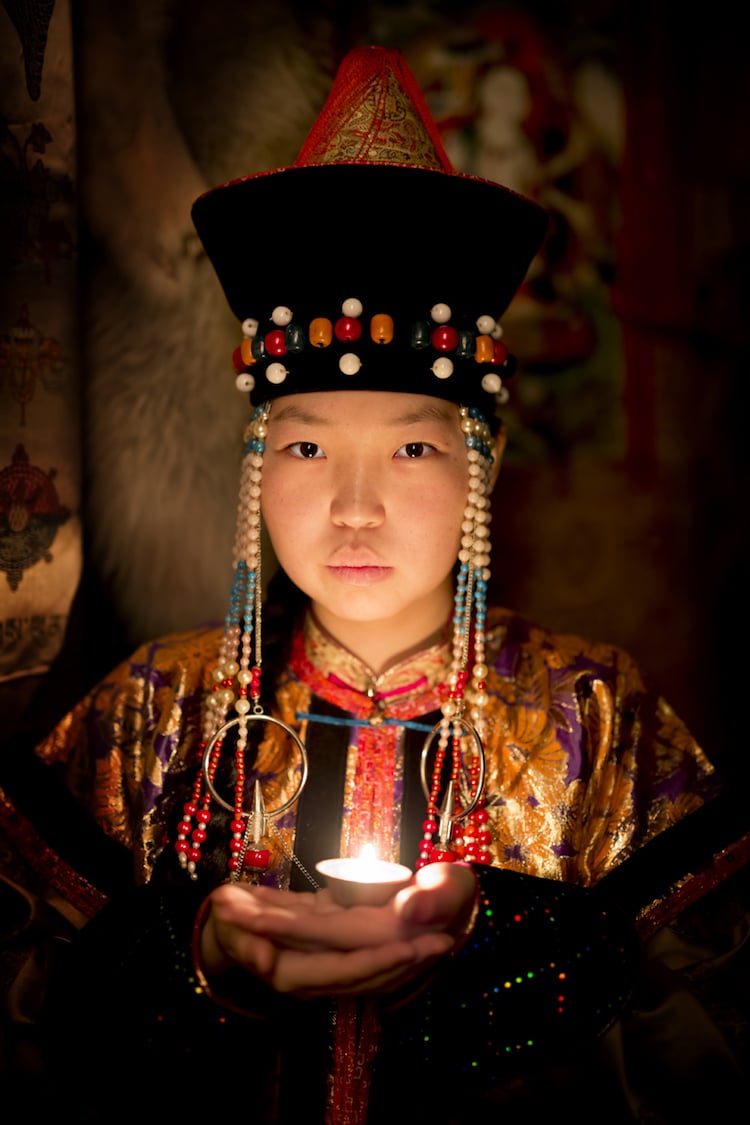
Buryat Girl. Buryatia Republic, Siberia. Buryat people have quite different traditional clothing depending of their clan (rod in Russian). Buryat people are ethnic Mongols with very similar language and traditions. They are pround of their culture and, among very few other regions of Russia, practice Buddhism. © Alexander Khimushin / The World In Faces
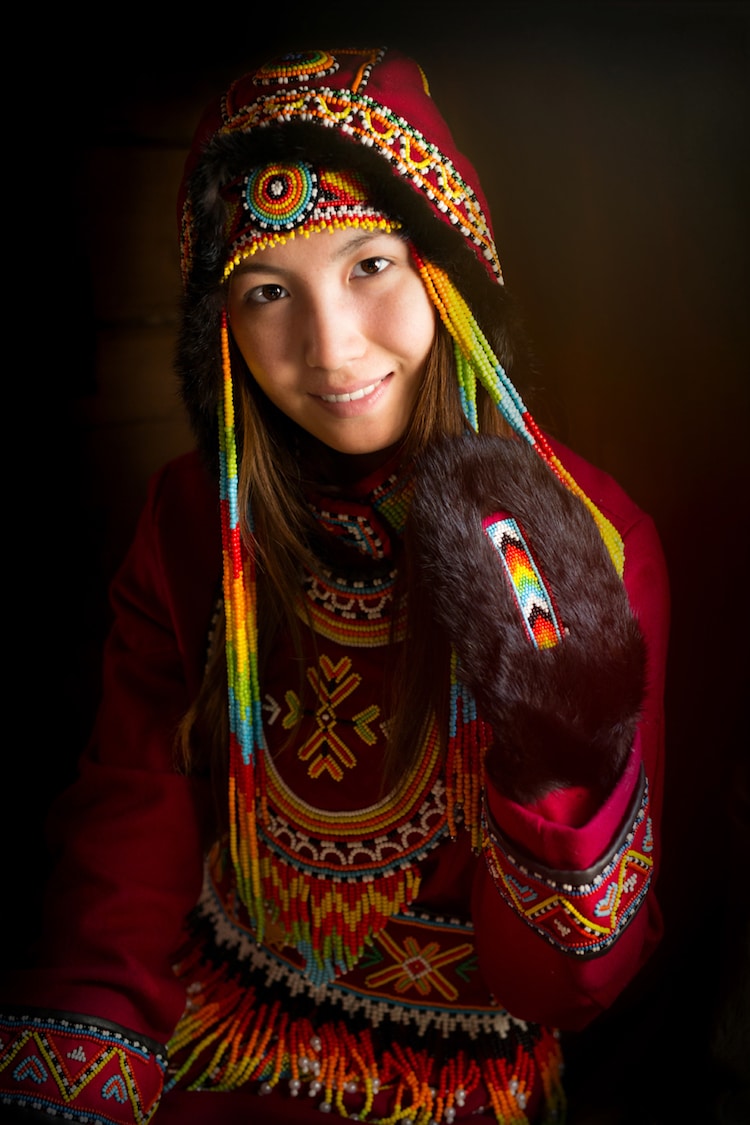
Dolgan Girl. Sakha Republic. Siberia. Rare people. Dolgans are the Northernmost Turkic speaking ethnic minority group in the world. A small number live in the very remote area of Northeast Yakutia, and other in the north of Krasnoyaksky Krai, on Taimyrpeninsulaa. There is no one single common theory of how the Dolgan minority group was formed. © Alexander Khimushin / The World In Faces
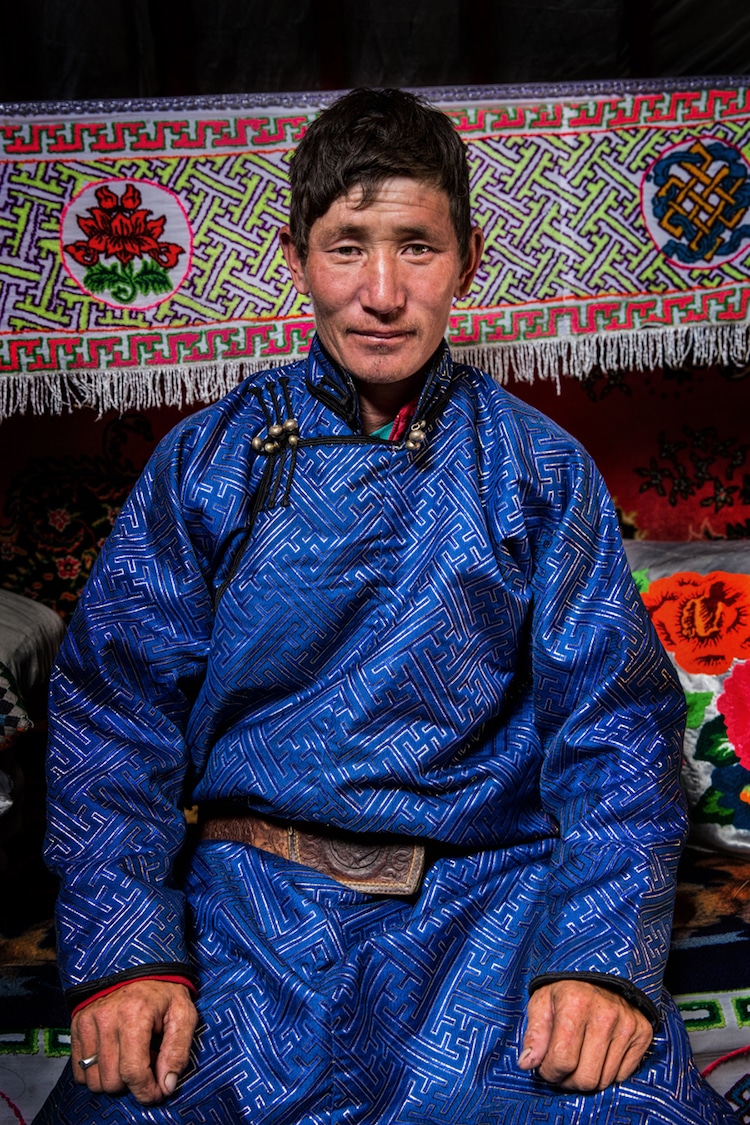
Tuvan Mongolian Man. Altai region. North-West Mongolia. While there are a lot of Tuvans living in the Tyva Republic of Russia, across the border from Mongolia, there is a small number of so-called Mongolian Tuvans, living in Mongolia. This man is one of them. His family lives in a yurt and raise and milk yaks of the remote grassy highlands next to a glacier in Mongolian, part of the Altai Mountains. © Alexander Khimushin / The World In Faces
These are 40 different indigenous peoples living in Siberia, all with populations under 50,000 and many with just a few dozen remaining.

Uilta Little Girl. North of Sakhalin Island. Siberia. Oroki (old name). They live in two locations of Sakhalin Island, a large island close to Japan. One village of Uilta people is in the northernmost part of the island. I visited both locations. Some elderly Uilta people were born at the time when Sakhalin was part of Japan, and have Japanese names and surnames. Uilta people have almost disappeared. © Alexander Khimushin / The World In Faces

Sakha Girl. Sakha Republic, Siberia. Sakha people are unique, they speak a language that belongs to Turkic group, yet they are Shamanists, not Muslims. Their culture is related to horses, while Evenki people to reindeer. © Alexander Khimushin / The World In Faces
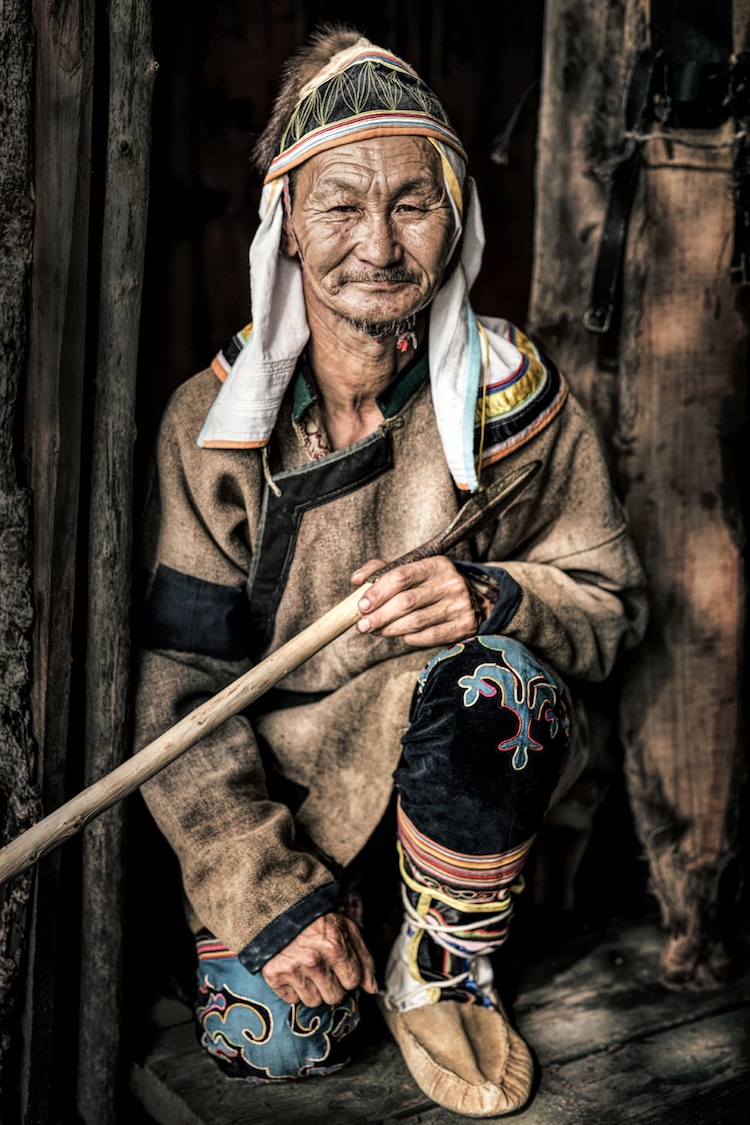
Udege Man. Primorsky Krai, Far East, Siberia. Very rare people, living in dense taiga, along the Bikin river—Russian Amazon. Ussuri tigers live in the bush and are often visitors to their village, sometimes killing dogs in their backyards. Until now, most of the Udege peope collect and sell ginseng root for a living, as well as honey. Udege primarily live in two villages that are hundred of miles from each other. © Alexander Khimushin / The World In Faces
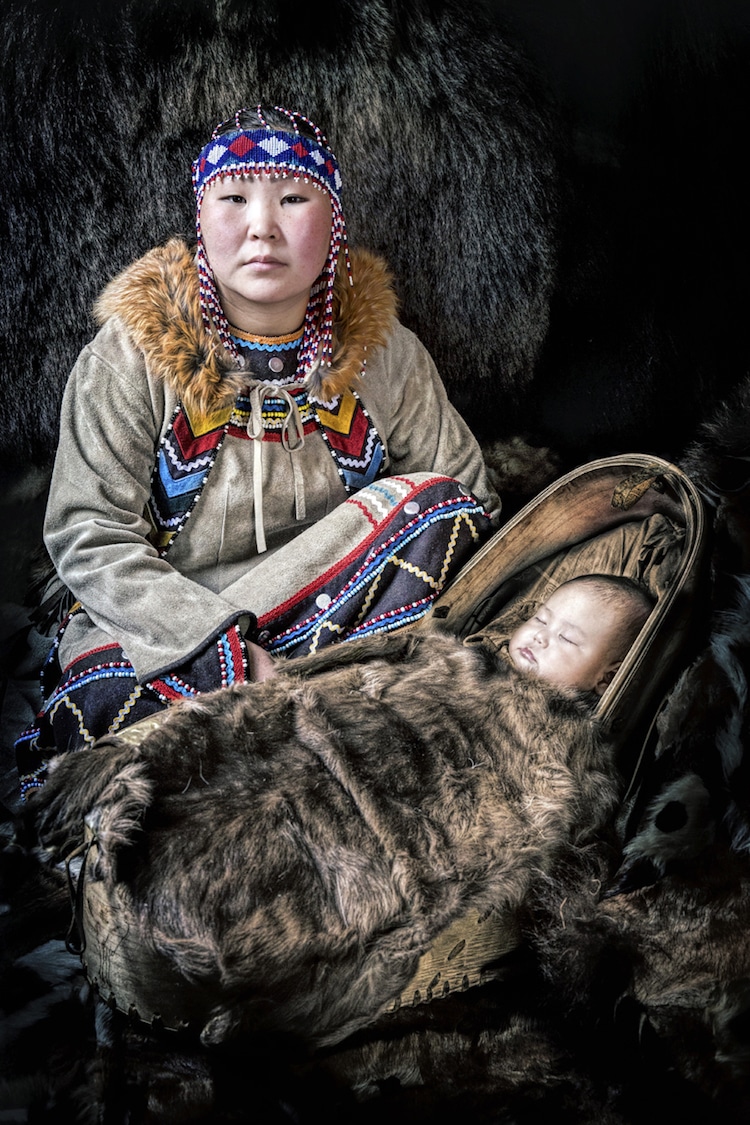
Evenki Mom with Baby. Neryungrinsky District, Sakha Republic, Siberia. © Alexander Khimushin / The World In Faces
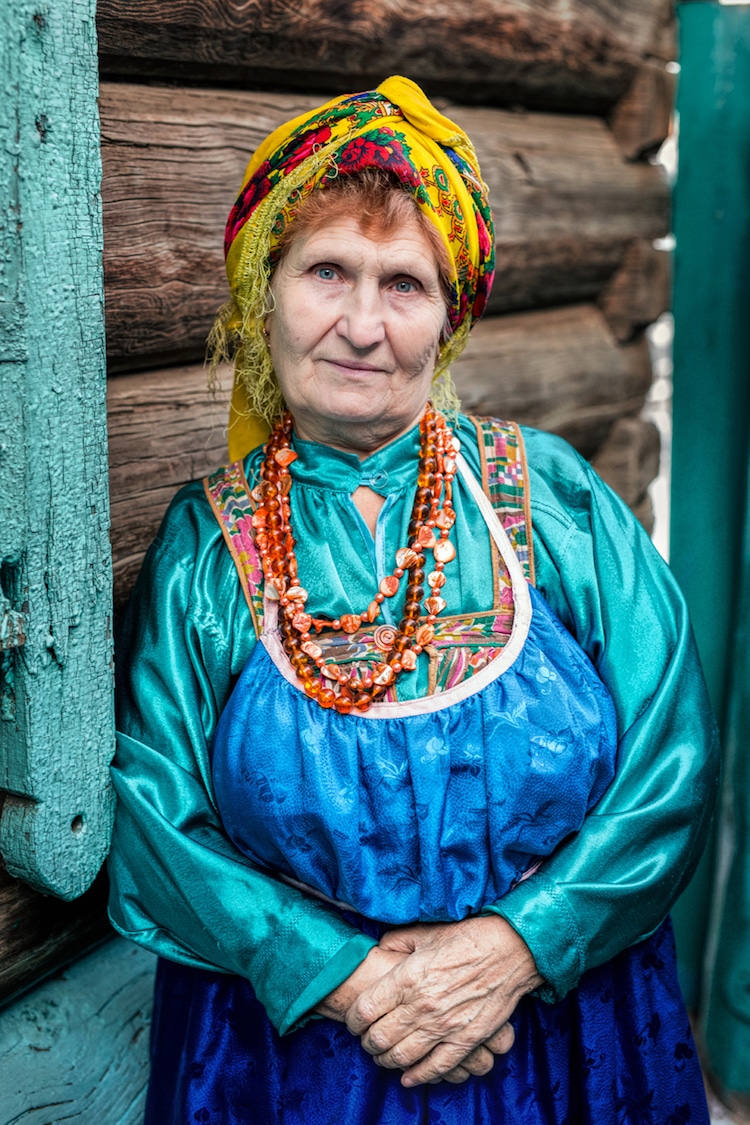
Semeyskie Woman. Pervomaika, Zaigrayevsky District, Republic of Buryatia, Siberia. © Alexander Khimushin / The World In Faces
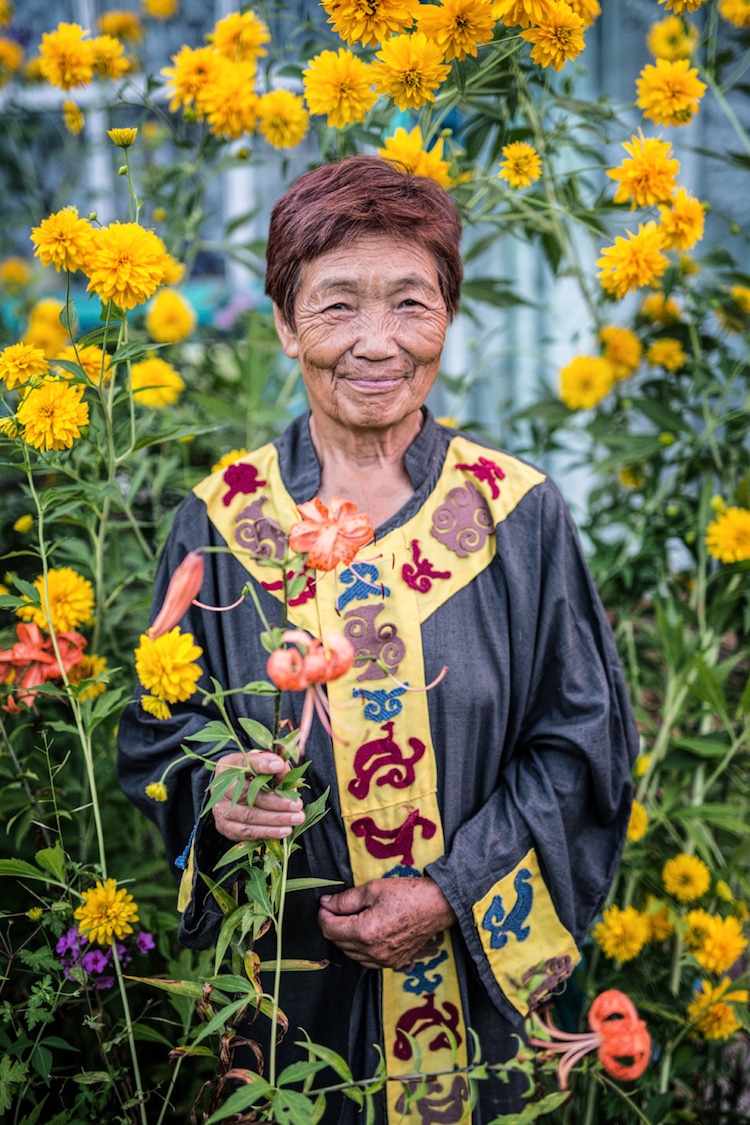
Tazy Woman. Mikhailovka, Olga Bay, Primorsky Krai, Far East, Siberia. © Alexander Khimushin / The World In Faces
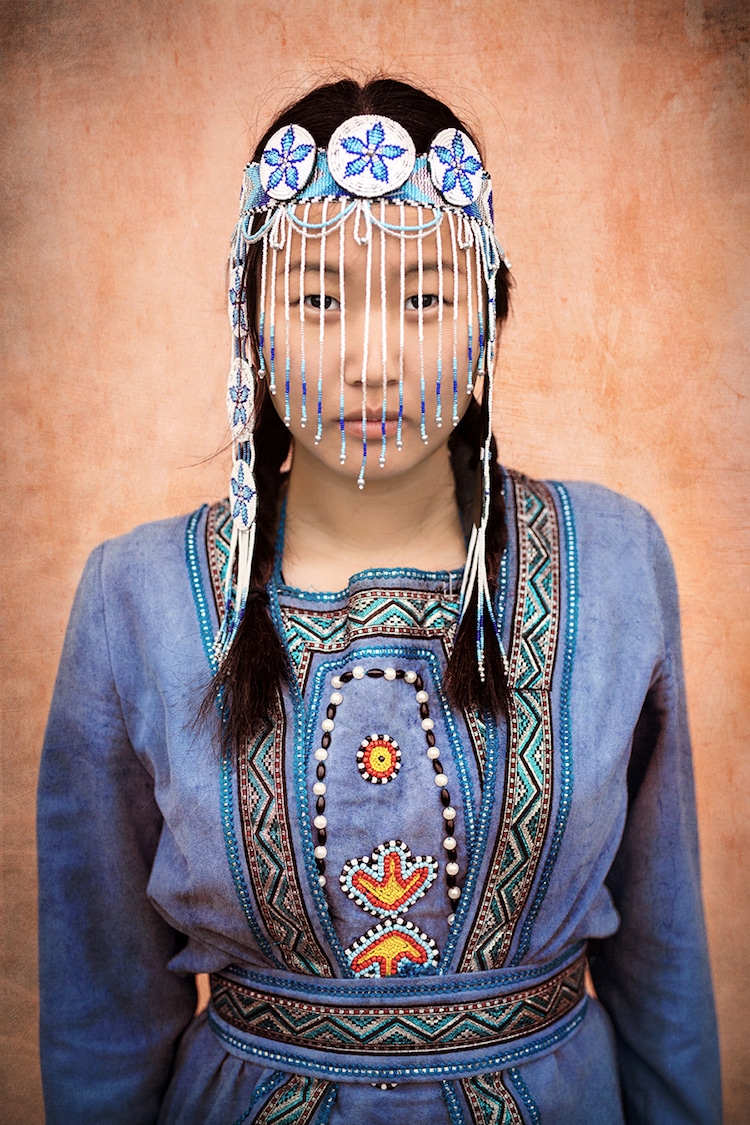
Evenki Girl. Republic of Buryatia, Siberia. © Alexander Khimushin / The World In Faces
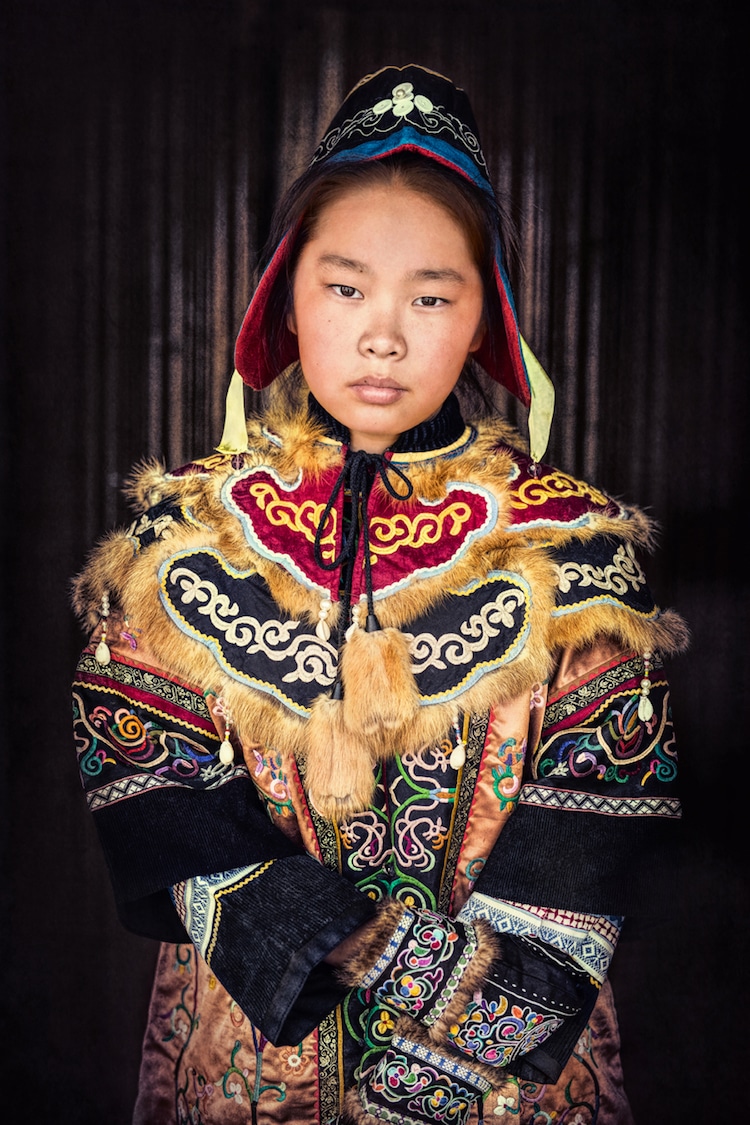
Nanai Girl. Nanaysky District, Khabarovsk Krai. Far East, Siberia. © Alexander Khimushin / The World In Faces
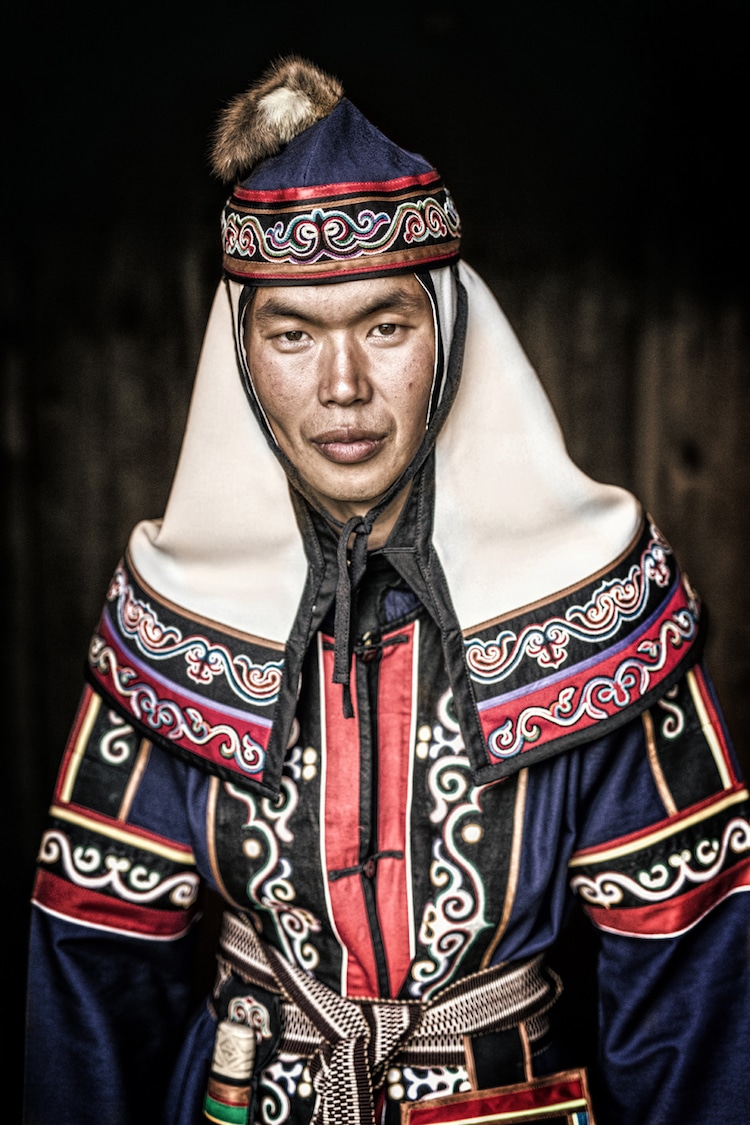
Ulchi Young Man. Bulava, Khabarovsk Krai. Far East, Siberia. © Alexander Khimushin / The World In Faces
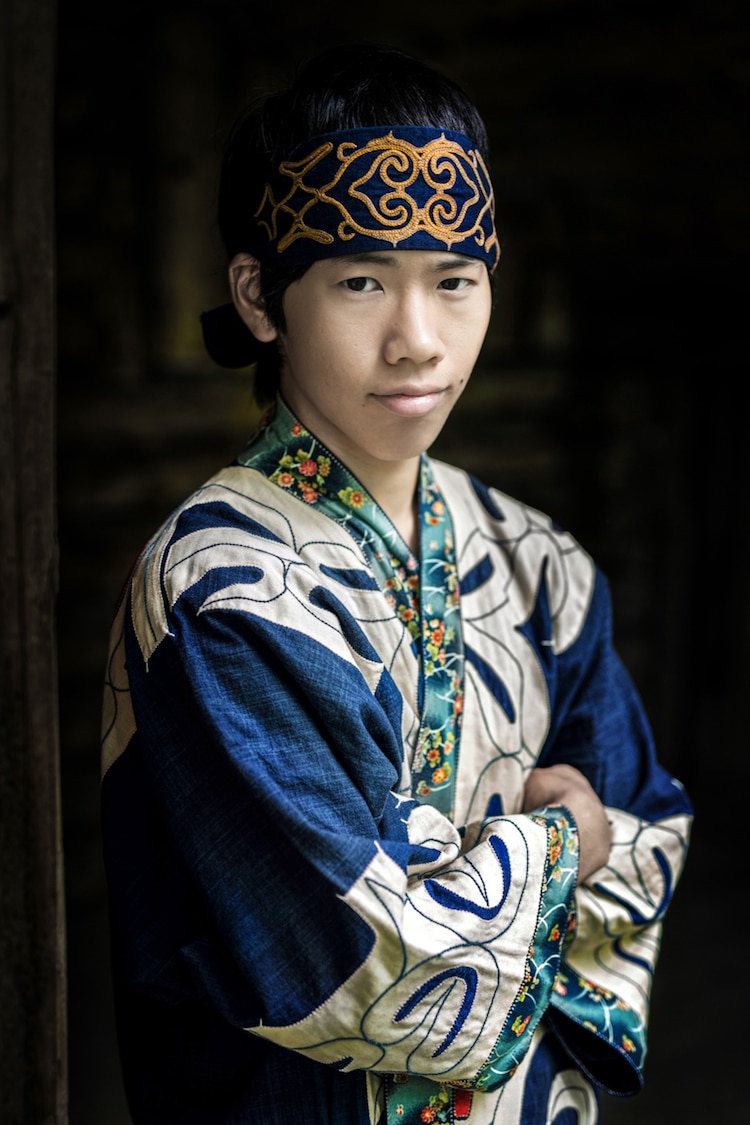
Ainu Young Man. Hokkaido Island, Japan. © Alexander Khimushin / The World In Faces
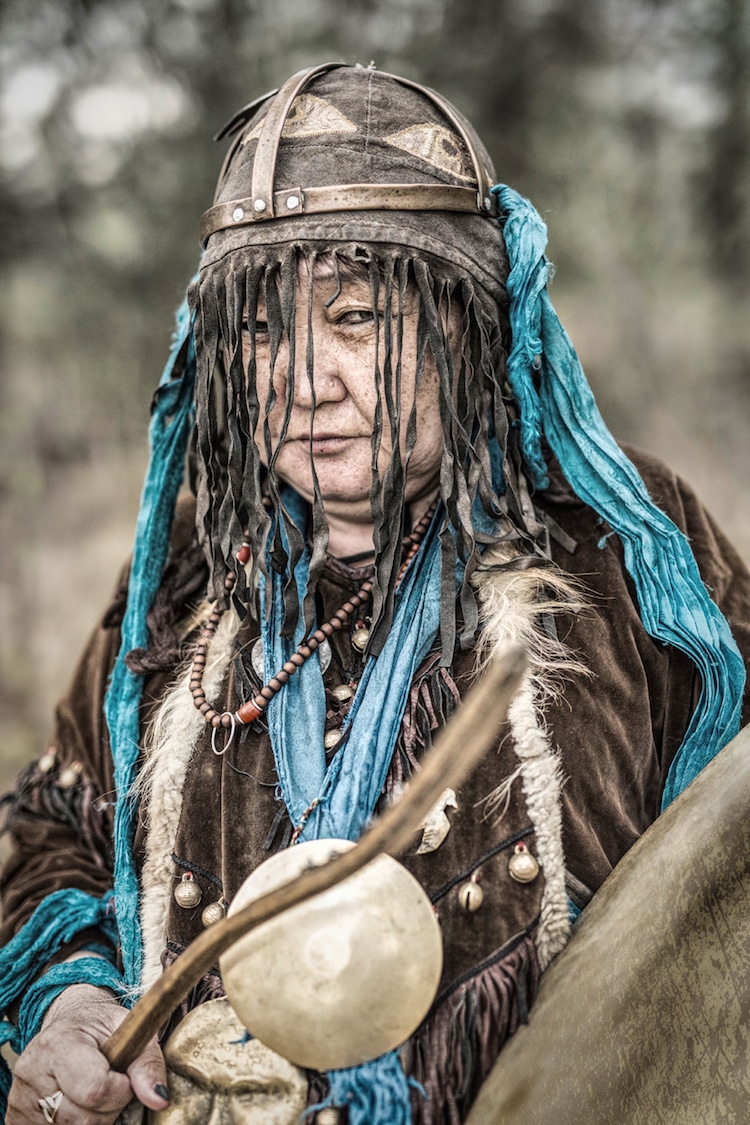
Buryat Shaman. Bagdarin, Bauntovsky District, Buryatia Republic, Siberia. © Alexander Khimushin / The World In Faces

Chukcha Girl. Sakha Republic, Siberia. © Alexander Khimushin / The World In Faces
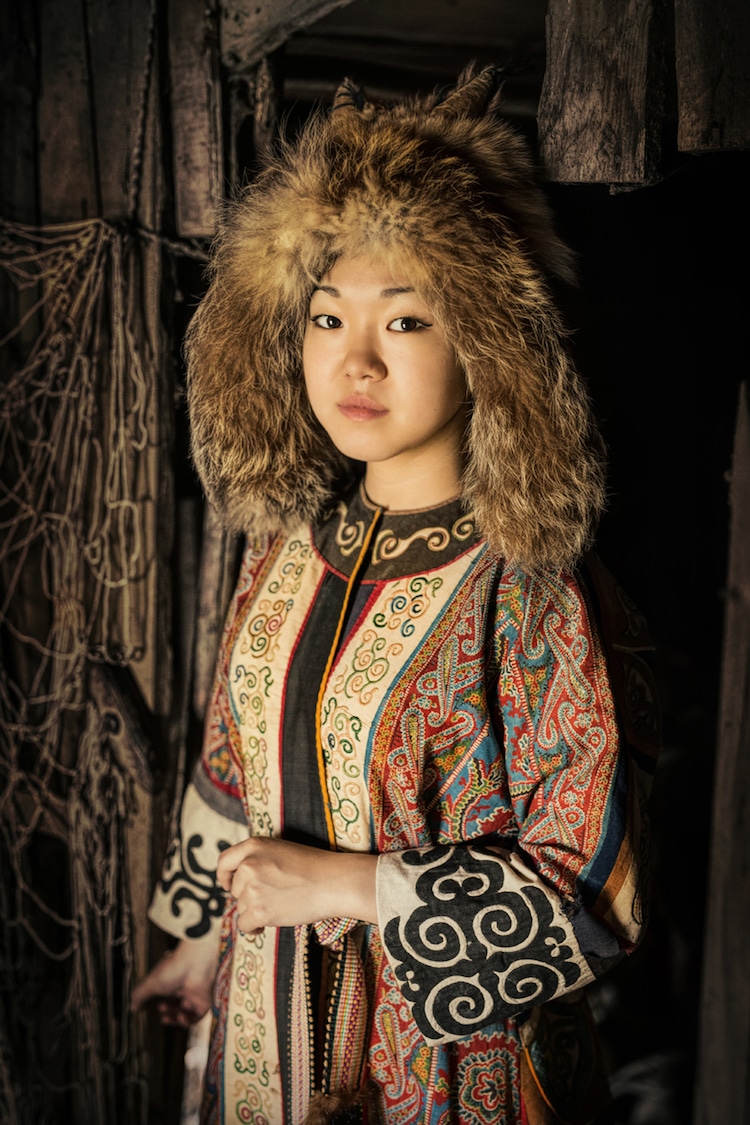
Ulchi Girl. Bogorodskoe, Khabarovsk Krai. Far East, Siberia. © Alexander Khimushin / The World In Faces
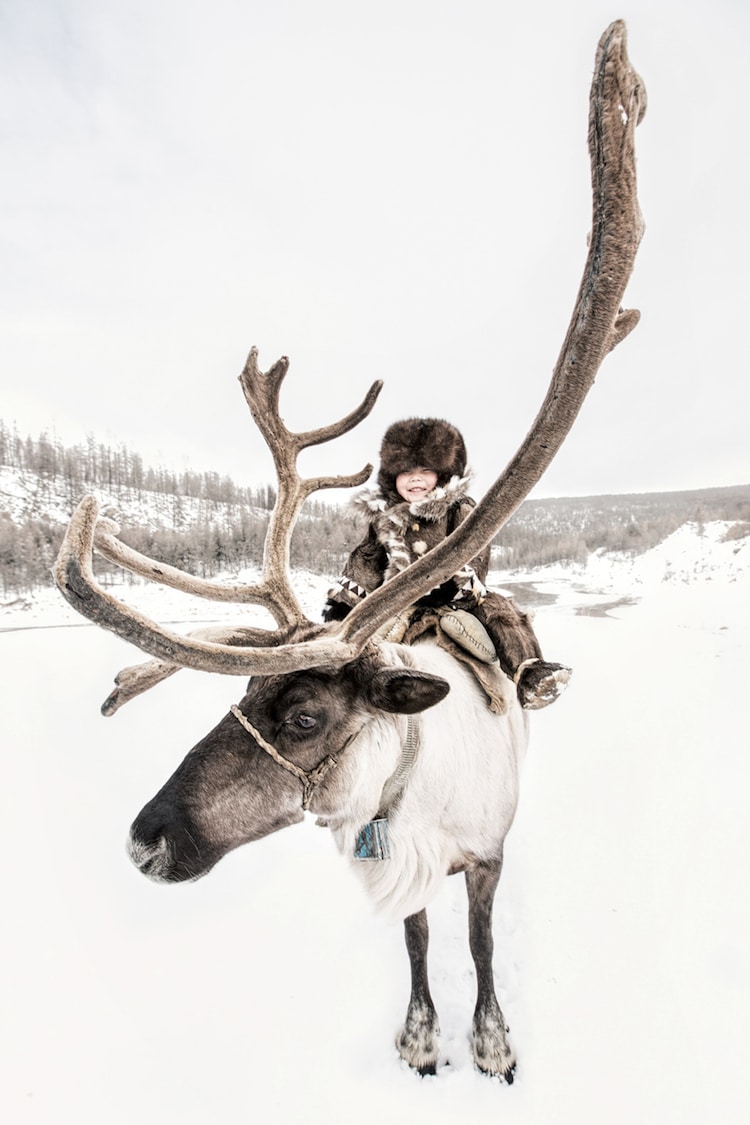
Evenki Reindeer Herder Boy. Timpton river bank, Yakutia/Amur Oblast border, Siberia. © Alexander Khimushin / The World In Faces
The Australian photographer traveled to Siberia alone, traveling 15,000 miles by car to visit these indigenous people.

Photographer Alexander Khimushin in Far East Siberia with the Nanai People. © Alexander Khimushin / The World In Faces
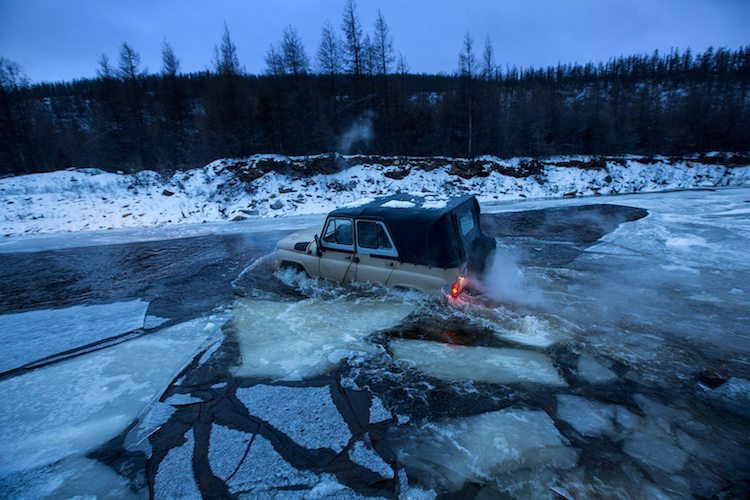
Khimushin traveling to visit the Evenki people in his SUV. © Alexander Khimushin / The World In Faces
Alexander Khimushin – The World in Faces: Website | Facebook | Instagram
My Modern Met granted permission to use photos by Alexander Khimushin.
Related Articles:
Traveler’s Photos Capture the Beautiful Diversity of Remote Cultures Around the World
Interview: Powerful Portraits of Indigenous Tribes From Around the World
Fascinating Portraits of People Living in the Extreme Cold of the Arctic Circle
Fascinating Photos Document Gender Equality in Indigenous Cultures around the World











































































